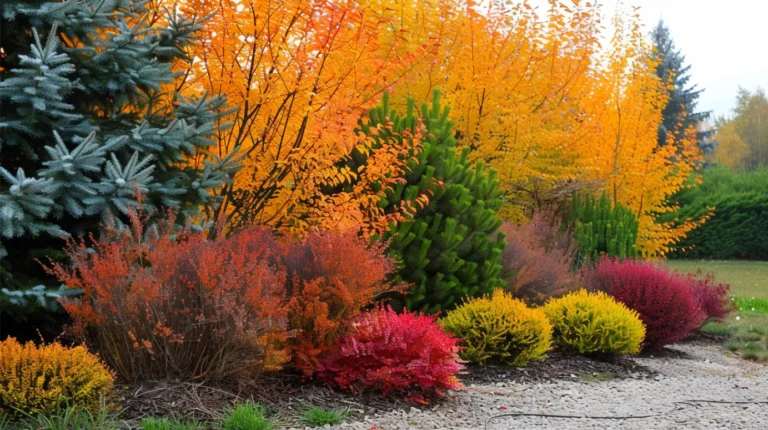Ultimate Spring Gardening Checklist for a Vibrant Garden

Welcome, garden lovers! Are you ready to dive into the world of gardening and ensure a strong start to your spring season? After a long winter, it’s time to get your hands dirty, plan, and transform your garden into a vibrant oasis that bursts with life and color.
Let’s break down your spring garden checklist into three sections: early, mid, and late spring, to tackle all the essential tasks to ensure your garden thrives and blooms beautifully.
Your Spring Garden Checklist
Early Season
Plan for Success
- Review past journal notes or start a gardening journal for organization and efficiency.
- Create timelines for spring chores, repairs, planting, and maintenance.
Check Winter Damage
- Identify and address hardscape damage like heaved pathways or structural issues.
- Inspect plants for any winter damage such as broken limbs or foraging scars.
Clean Flower, Herb, Fruit, and Vegetable Beds
- Remove dead plants, debris, and winter mulch.
- Tidy up containers, planters, and ornamental grasses.
Divide Late Flowering Perennials
- Divide clumps of late-flowering perennials for healthy growth.
- Avoid dividing spring and summer flowering perennials.
Feed Early Sprouters
- Top-dress early sprouting plants with compost or well-aged manure.
- Protect and nourish new growth with a nutrient-rich layer of organic matter.
Prune Berry Canes, Shrubs, Trees, and Vines
- Prune summer-flowering plants to encourage healthy growth.
- Avoid pruning early flowering varieties to prevent flower loss.
Repairs and Maintenance
- Clean, repair, and sharpen tools.
- Tidy up and repair hardscape elements.
- Prepare raised beds and stock up on supplies.
Midseason
Mulch or Feed Perennials
- Spread a two-inch layer of mulch over perennials for soil health and moisture retention.
- Use nutrient-rich mulches like compost or well-rotted manure for optimal plant growth.
Plant Summer Bulbs
- Plant summer-flowering bulbs like dahlia and gladiolus for a vibrant display.
- Provide humus-rich soil and bone meal for strong root development.
Set Out Supports
- Install support structures for climbing vines, twining vegetables, and top-heavy flowers.
- Attach plants to supports as they grow to prevent damage.
Sow Cool Season Vegetables
- Prepare soil and sow cool-season crops like lettuce, peas, and root vegetables.
- Ensure soil temperatures are optimal for germination and growth.
Start Summer Vegetables Indoors
- Kickstart warm-season vegetables indoors for a longer growing season.
- Provide adequate warmth and light for healthy seedling development.
Remove Protective Covers
- Remove frost protection covers to promote air circulation and prevent mold.
- Begin hardening off plants for outdoor growth.
Late Season
Deadhead Early Flowering Bulbs
- Remove spent blooms for healthy bulb development.
- Leave foliage intact for energy production.
Direct Sow Annual Flowers, Herbs, and Summer Vegetables
- Sow annual flowers and warm-season vegetables directly into the garden.
- Transplant indoor-started vegetables for continued growth.
Paint or Stain Hardscape Elements
- Maintain wood or metal structures with a fresh coat of paint or stain.
- Protect hardscape elements from weathering and wear.
With a comprehensive checklist in hand, you’re well-equipped to tackle all the essential tasks for a vibrant and thriving garden. Remember to plan, prep, prune, and nourish your plants for a successful growing season!
So, gear up, grab your tools, and get ready to transform your garden into a lush paradise that blossoms with life and color. Happy gardening!
What are some of your must-do tasks for the spring garden? Share your tips in the comments below and let’s inspire each other to create beautiful outdoor spaces.
For more gardening inspiration, check out these helpful guides:
– Your Ultimate Guide to Square Foot Gardening
– Quick Guide to Understanding Seed Packets
– Planting Your First Vegetable Garden: A Beginners Guide
Let’s make this spring season a blooming success in our gardens!





